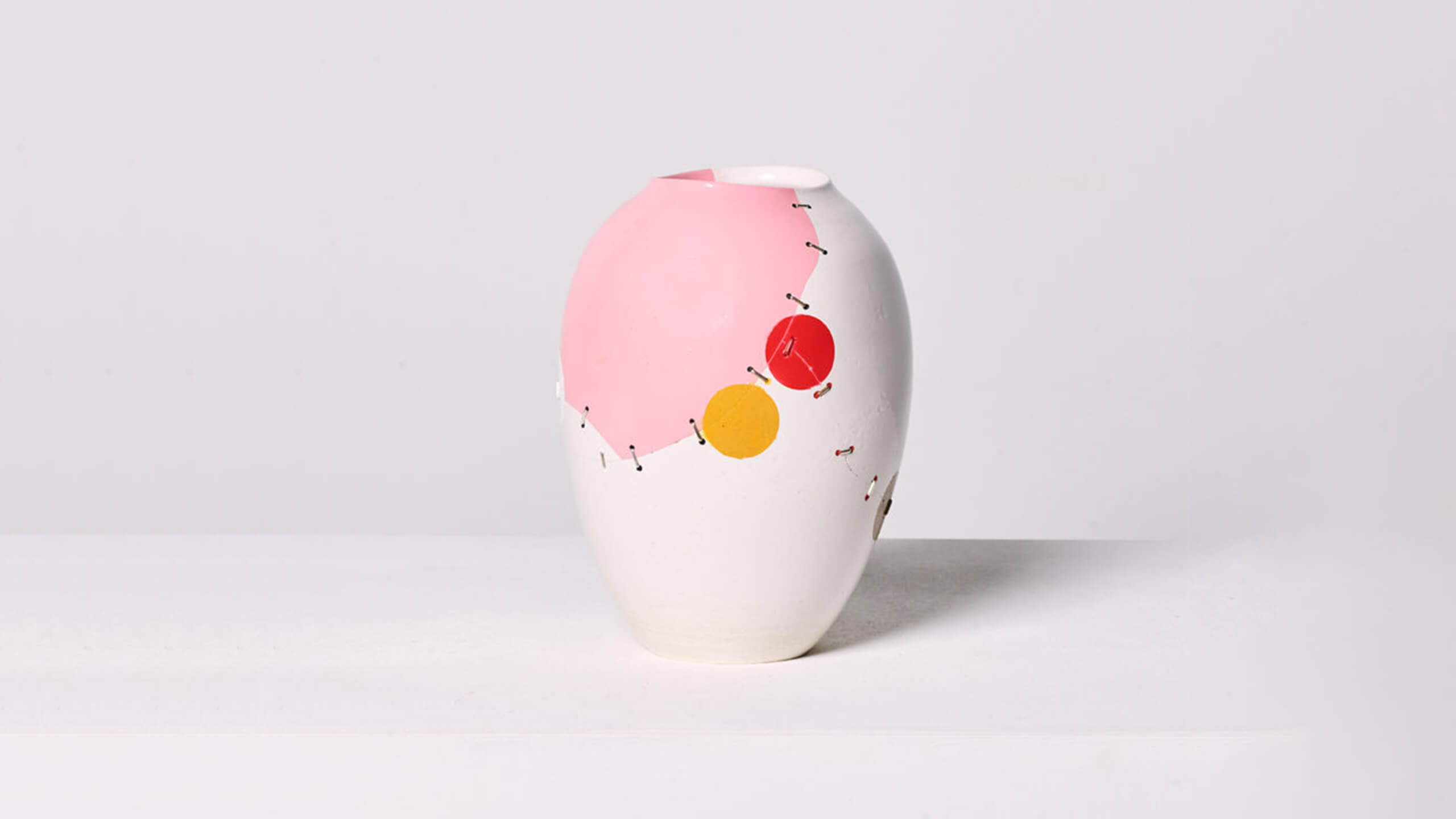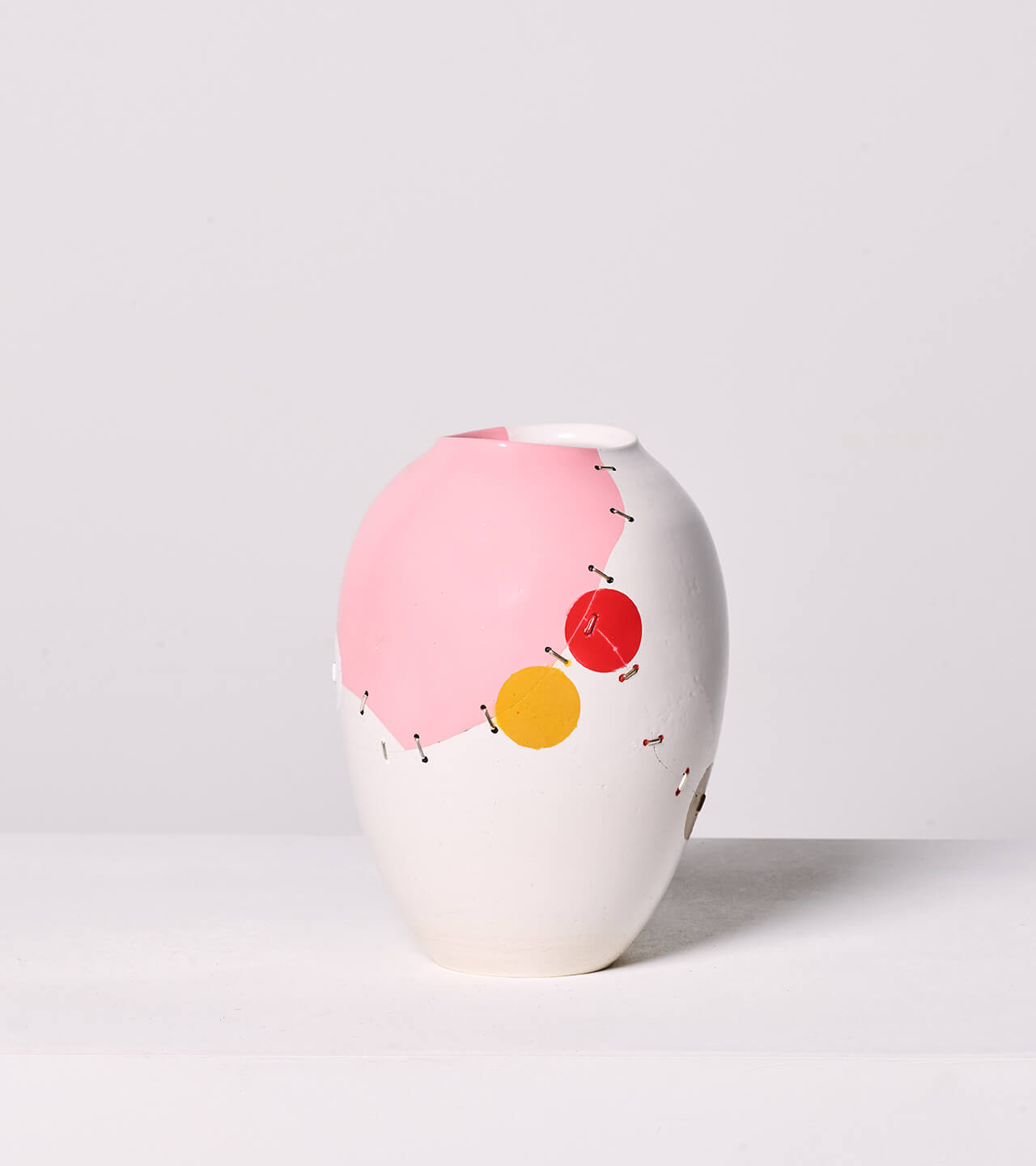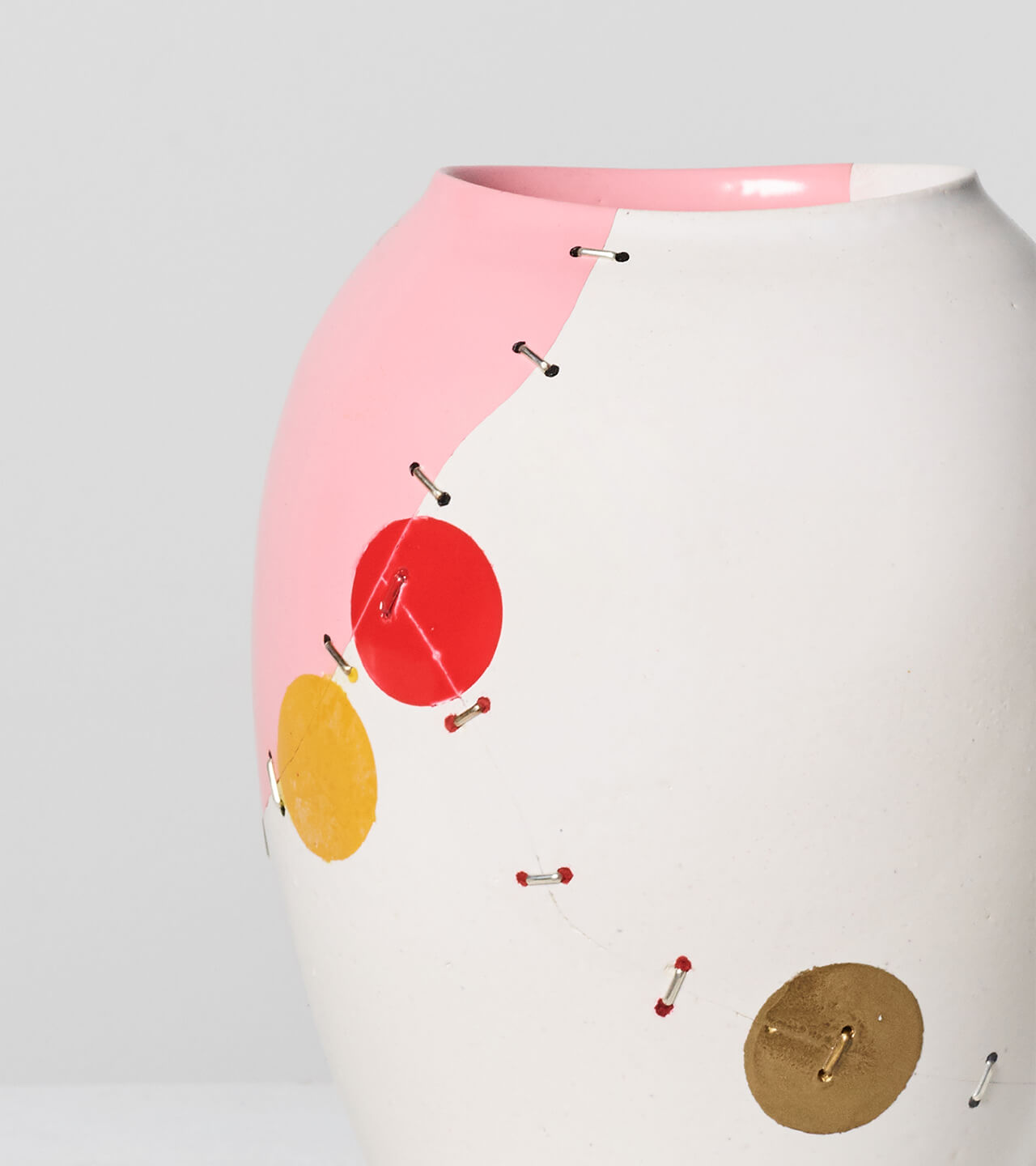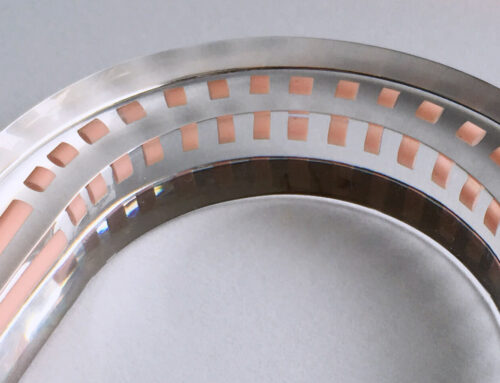Project Description
Ceramic stapling is the most ancient and effective means to repair ceramics. Evidence of its existence dates back to the beginnings of metallurgy and until the mid-20th century the practice was widely spread across Eastern and Western spheres. Good quality stapling can bind broken ceramics closer and stronger than glues, making them watertight and durable. The practice is now functionally lost.
There are a few possible reasons for the decline of this repair craft; such as the invention of petrochemical glues or the rising cost of labour, but the most likely is fossil fuel capitalism. The cost of producing and owning ceramics was that much greater before the 20th century era of cheap fossil energy. The issue isn’t so much that we don’t repair ceramics with stapling anymore, rather, we don’t repair ceramics much at all.
In the context of a transition towards climate friendly, low-energy futures, innovation of lost arts have potential to reduce waste, revitalise repair, and extend material lifetimes.
Ceramic stapling is the most ancient and effective means to repair ceramics. Evidence of its existence dates back to the beginnings of metallurgy and until the mid-20th century the practice was widely spread across Eastern and Western spheres. Good quality stapling can bind broken ceramics closer and stronger than glues, making them watertight and durable. The practice is now functionally lost.
There are a few possible reasons for the decline of this repair craft; such as the invention of petrochemical glues or the rising cost of labour, but the most likely is fossil fuel capitalism. The cost of producing and owning ceramics was that much greater before the 20th century era of cheap fossil energy. The issue isn’t so much that we don’t repair ceramics with stapling anymore, rather, we don’t repair ceramics much at all.
In the context of a transition towards climate friendly, low-energy futures, innovation of lost arts have potential to reduce waste, revitalise repair, and extend material lifetimes.






